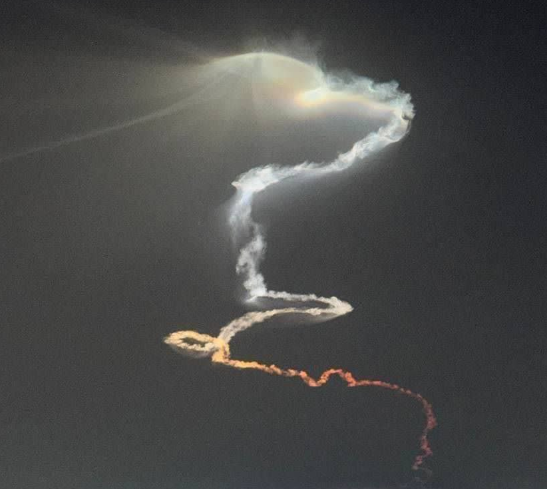Iran Unleashes Sejjil Hypersonic Missiles:Iran’s Operation True Promise 3 is showcasing a terrifying display of next-generation warfare. With the deployment of Sejjil hypersonic missiles, drone swarms, and advanced tactics, Iran is overwhelming Israel’s defenses, forcing the conflict into a dangerous new phase that could have global consequences.
Iran Unleashes Sejjil Hypersonic Missiles
The conflict between Iran and Israel has entered an extremely dangerous phase. As part of Iran’s massive retaliation, dubbed Operation True Promise 3, in response to Israel’s earlier offensive Operation Rising Lion, both sides continue to exchange devastating blows. The battlefield has now become a laboratory for some of the world’s most advanced missile technologies, and Iran has begun showcasing a chilling new chapter in modern warfare.
With each passing day, the scale and ferocity of the assaults have intensified. Israel’s skies remain lit, day and night, with the bright trails of incoming Iranian missiles and the desperate response of Israel’s missile defense systems. However, the sheer volume and technological sophistication of Iran’s attacks are beginning to overwhelm Israel’s highly regarded Iron Dome and David’s Sling defense systems.
Social media platforms are flooded with dramatic visuals — Iranian missiles slicing through the sky, executing unpredictable maneuvers that easily evade interception. Among these, the Sejjil missile has captured global attention for its precision and effectiveness. For the first time in this conflict, Iran deployed the Sejjil missile, delivering crippling strikes on multiple key Israeli targets.
The Sejjil missile is a powerful two-stage solid-fuel, surface-to-surface medium-range ballistic missile. According to Iranian claims, it boasts a remarkable range of 2,000 kilometers, allowing it to strike deep into enemy territory.
Measuring 18 meters in length and capable of carrying a payload of approximately 700 kilograms, the Sejjil is designed for both range and destructive capability. Most significantly, the missile can reach blistering speeds of Mach 4 to Mach 5, leaving minimal reaction time for even the most advanced interception systems.
What makes the Sejjil even deadlier is its hypersonic velocity combined with its flight profile. Unlike traditional ballistic missiles that follow a predictable arc, the Sejjil can plunge at high speed while maneuvering at high altitudes. These features make it an extremely challenging target for conventional defense systems, as they have very little time to track, lock on, and intercept the missile before it reaches its target.
Iranian state media reports that these missiles have scored direct hits on highly sensitive Israeli military and intelligence infrastructure. Targets reportedly include a Mossad-linked intelligence center and a fighter jet base, causing significant concern within Israeli military leadership.
The current phase of the war is also witnessing a highly sophisticated combined arms approach from Iran. Alongside hypersonic missiles, Iran is deploying swarms of drones in coordinated attacks designed to confuse and saturate Israel’s defense networks. These synchronized assaults leave Israeli air defense operators struggling to prioritize threats and devise effective counter-strategies.
With each missile barrage more advanced than the last, Iran’s evolving tactics are catching Israeli commanders off guard, forcing them to urgently recalibrate their defense systems. The conflict has become a terrifying showcase of next-generation warfare — hypersonic weapons, drone swarms, and electronic warfare tactics converging on the battlefield in real time.
As both nations continue to escalate, the regional and global stakes grow higher. The war between Iran and Israel is no longer just a conventional military confrontation — it is rapidly transforming into a technological arms race with consequences that may reach far beyond the Middle East.
Disclaimer:
This article is for informational purposes only and is based on publicly available reports and sources. The situation described is part of an ongoing and rapidly evolving conflict. The accuracy of claims from either side cannot be independently verified, and readers are advised to follow official sources and expert analysis for the most updated and reliable information. The blog does not endorse or support any party involved in the conflict.

